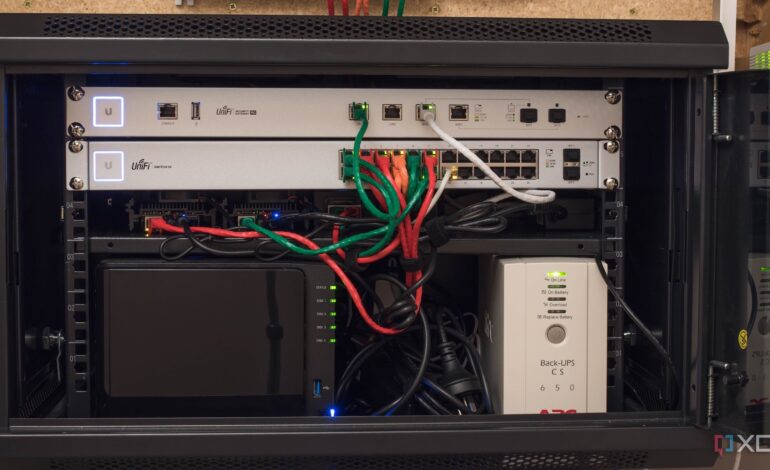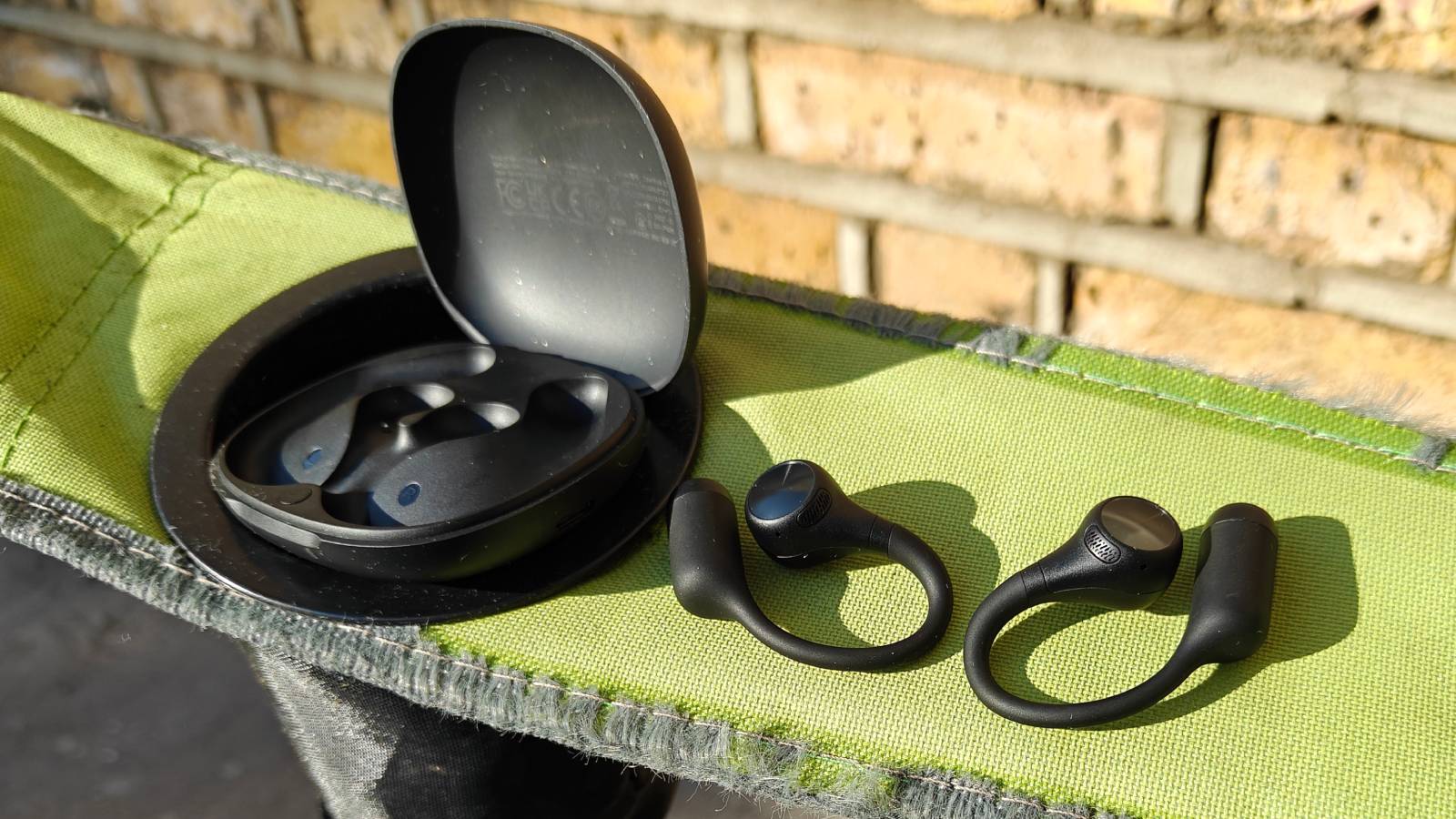Automating Home Labs: Streamlining Energy Use with Home Assistant

Individuals engaged in home lab experimentation are increasingly turning to automation to manage their energy consumption and streamline operations. With the rise in electricity bills from running multiple servers and network devices, many are exploring solutions to efficiently manage their home labs. This trend highlights the growing role of technology in optimizing everyday tasks and reducing costs.
Energy Efficiency Through Automation
As home lab setups become more complex, the need for energy efficiency has never been more pronounced. Many enthusiasts, including those who run systems such as network-attached storage (NAS) devices, are seeking ways to minimize electricity use without sacrificing performance. For instance, keeping NAS devices operational overnight to handle backups is common, while other equipment can be powered down during non-use periods.
One individual experimenting with these concepts has successfully implemented Home Assistant automations to control his devices. By scheduling power-down times for servers when not in use, he effectively reduces energy waste and contributes to lower electricity bills. This method offers not just financial benefits but also the peace of mind that comes with knowing that devices are only active when necessary.
Implementing Smart Integrations
The integration of smart technology into home labs is becoming increasingly accessible. The individual in question began utilizing Wake-on-LAN (WoL) features within Home Assistant to automate the startup of his home lab devices. By using the MAC addresses of servers and ensuring WoL is enabled in the BIOS, he can schedule automatic power-ups at set times. For example, by sending a “magic packet” to each device, he ensures that they are ready for use by the time he arrives at his workspace.
This setup is particularly beneficial for those managing multiple virtual machines on platforms like Proxmox. The user found that integrating Proxmox into his Home Assistant dashboard allowed him to monitor updates and manage virtual machines effectively. He can initiate the startup of these machines with a simple automation script, ensuring that all necessary systems are operational without manual intervention.
While there is potential for automating shutdown processes, the user is currently focused on perfecting the startup sequence. This cautious approach reflects a common sentiment among home lab enthusiasts: prioritize stability and functionality before introducing more complex automation systems.
The versatility of Home Assistant allows its users to customize their setups according to specific needs. This individual has leveraged the platform not only for managing his home lab but also for controlling various smart home devices and keeping track of personal schedules. The combination of these functionalities illustrates how Home Assistant serves as a central hub for modern homes, streamlining tasks and enhancing user experience.
As technology continues to evolve, the possibilities for home automation grow. Enthusiasts can build their ideal smart home, integrating various devices and systems to create a cohesive and efficient environment. The journey toward energy efficiency and convenience in home labs is only just beginning, with tools like Home Assistant leading the way.






